Memorable moments at the US-China leaders meeting
The 26-second handshake between US President Donald Trump and Chinese President Xi Jinping kicked off a meeting that the world has been waiting for. Photos show both men standing straight, smiling slightly. While the Chinese President appeared calm, the US President made an intimate gesture, patting the Chinese leader on the back and saying: "We understand each other very well."
The meeting opened with a warm welcome from President Trump, who called President Xi Jinping “a respected leader.” In response, President Xi reiterated that they had exchanged three phone calls and letters since Trump’s re-election—a message that the meeting was not a mere coincidence but the result of preparation and trust-building.
"In the face of storms and challenges, you and I, the helmsmen of China-US relations, should maintain the correct course and ensure the giant ship of China-US relations continues to move forward," Chinese President Xi Jinping said.
The meeting ended after 100 minutes at Gimhae Airport in Busan, President Trump made a special gesture when he whispered into President Xi Jinping's ear - an image showing the personal message of the head of the White House.
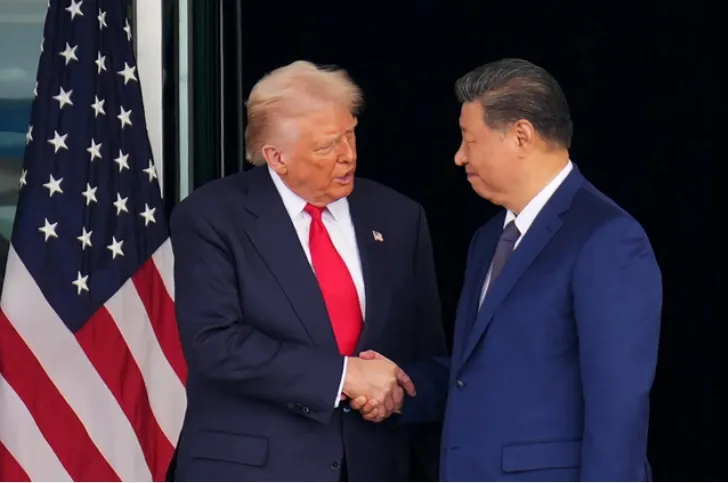
US President Donald Trump and Chinese President Xi Jinping shake hands as they leave after talks in Busan, South Korea, October 30, 2025. Photo: Getty
Speaking to reporters on Air Force One as he left Busan, South Korea, after the meeting, US President Donald Trump "graded" the long-awaited face-to-face meeting.
"We'll be putting out a statement and some details, but overall, I guess on a scale of zero to 10, with 10 being the best, I would say it was a 12," US President Donald Trump said.
The moments of the meeting will likely be a highlight of President Trump’s first term. But markets will still have their own views on whether the prospects for a de-escalation of tensions between the two sides are long-term or short-term.
Impact of US-China deal on US investment
Markets and investors were the quickest to react to the temporary US-China agreement. About 16 hours after the meeting between the two leaders, US President Donald Trump also posted on the social network Truth, expressing optimism at the relief of some tensions in strategic areas.
First, President Trump advised "American farmers to go buy tractors now", showing appreciation for the real results when China agreed to buy 12 million tons of US soybeans this crop year and committed to buying 25 million tons/year in the next 3 years. This is a positive signal for key agricultural states such as Iowa, Illinois, Indiana, Minnesota... these 4 states alone account for nearly 50% of US soybean production. According to data from the US Department of Agriculture, China once accounted for more than 60% of total US soybean exports.
In addition, China agreed to suspend new export controls on rare earth elements for a year, which are critical materials used in industries ranging from electric vehicle batteries to automobiles to defense technology. The problem lies not just in the purchase and sale of raw minerals, but also in the refining and supply chain, all of which are in China. In return, the US suspended the “50% ownership” rule that limits technology exports to companies with ties to China.
Trade is expected to improve as the US cuts the average tariff on imports from China from about 57% to about 47%. This signal is seen by Wall Street investors as reducing short-term policy risks and improving corporate valuations. However, the market today reacted quite cautiously, especially technology and semiconductor stocks.
According to experts, the key technology has not been resolved. If chips, AI, and technology exports to China, as in the case of Nvidia, are still restricted, the profits of large technology companies will still be under pressure.
China's perspective on the US-China trade deal
In China, experts assess this agreement as an inevitable policy adjustment, aiming to reduce trade confrontation between the two sides. Professor Wang Yihui at Renmin University of China gave his opinion on the reason why the Trump administration actively promoted this negotiation.
Professor Wang Yihui, Director of the Institute of International Affairs, Renmin University of China, commented: "I think the marginal effect of tariffs is decreasing. There is a Chinese saying: 'The first drum beats with enthusiasm, the second time it weakens, and the third time it is exhausted.' Tariffs are becoming less effective, the tariff approach seems to be losing its effectiveness."
According to Professor Vuong Nghia Huy, China-US relations are shifting from fierce confrontation to controlled stability, opening up opportunities to re-establish short-term dialogue and cooperation channels.
"The meeting was successful, and Sino-US relations achieved a soft landing, unlike the previous stalemate over tariffs and other issues. I believe the first half of next year will be a very important year for Sino-US relations. Mr. Trump has said he plans to visit China and has invited President Xi to make a state visit to the United States," said Professor Wang Yihui, Director of the Institute of International Affairs, Renmin University of China.
US-China deal: Easing tensions over tariffs and rare earths
The meeting between the two leaders of China and the United States in Busan, South Korea, did not create a "strategic breakthrough", but laid the foundation for a temporary state of peace - what the financial world calls "de-escalation within a controlled framework". The US press has commented on the temporary nature of the current agreement.
The new framework agreement between the US and China is considered a "temporary lull" in the trade war, temporarily relieving pressure on technology and manufacturing businesses, which are heavily affected by tariffs and rare earth controls.

US-China deal helps ease tensions over tariffs and rare earths.
According to The New York Times, after about 100 minutes of negotiations, China agreed to postpone tightening rare earth exports for 1 year, while the US halved the previous 20% tax rate to cool down trade tensions and promote cooperation against fentanyl trafficking.
CNBC commented that although both sides are down month, China still maintains a strategic advantage by holding the supply of rare earths - an essential element for the production of electric vehicles, semiconductor chips and weapons.
Reuters called the deal a pragmatic one that temporarily cooled the situation. However, experts warn that reducing tariffs in exchange for a commitment to control fentanyl is only a temporary relief, not a structural reset.
CNN said the deal would provide some relief to American businesses and consumers. But fixing the deeper economic damage will require more effort.
Experts say the word “temporary” is still key. The question is whether this is the beginning of sustainable cooperation, or just a brief lull before new, more intense rounds of negotiations?
The most prominent statements of the two leaders of the US and China at the meeting were President Trump's statement describing "a friendly meeting" and Chinese President Xi Jinping's metaphor of the image of a "giant ship" with the desire for "stability amid challenges". These are signals showing the transition of the US-China relationship from "comprehensive confrontation" to "controlled confrontation", meaning no longer blocking but competing with rules and not exceeding the threshold of conflict to maximize benefits.
Source: https://vtv.vn/thoa-thuan-thuong-mai-my-trung-tin-hieu-tan-bang-cho-chuoi-cung-ung-toan-cau-100251031120116954.htm










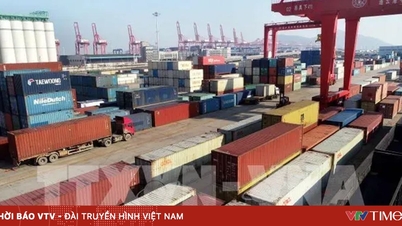


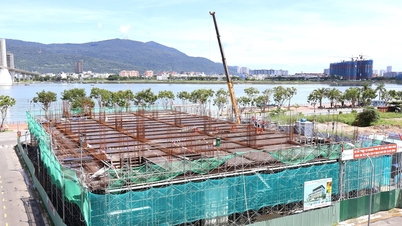








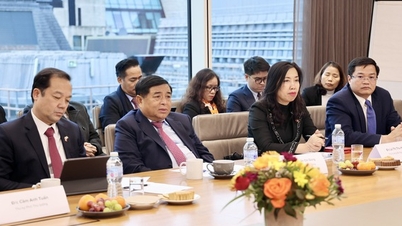
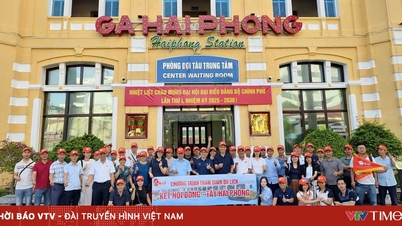




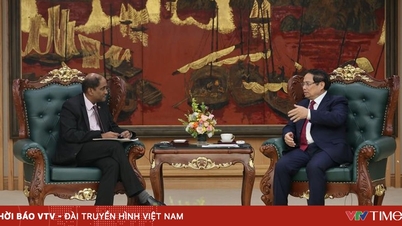
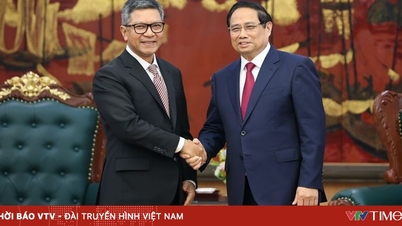
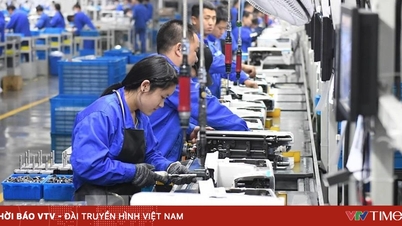









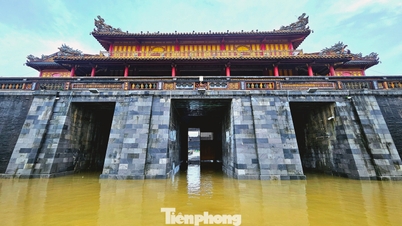













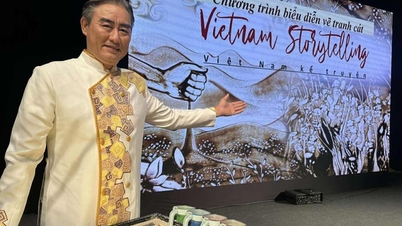






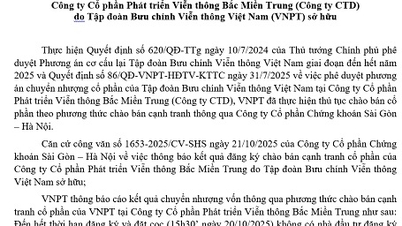
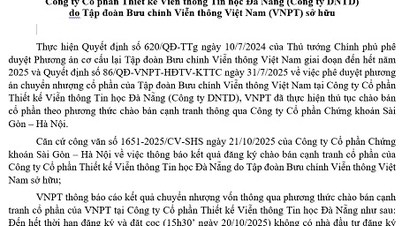














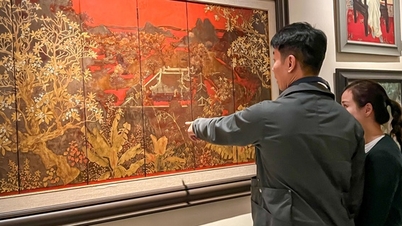




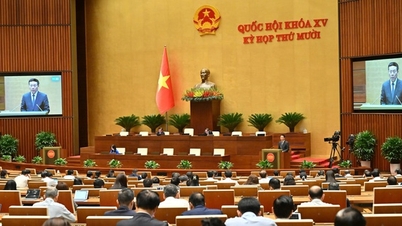



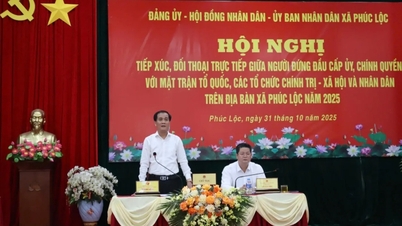


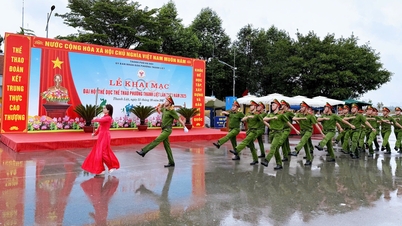

















Comment (0)